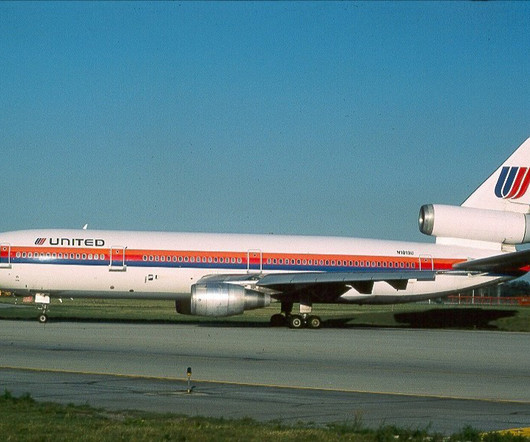Flight Test Files: Grumman F-14 Tomcat
Vintage Aviation News
APRIL 18, 2025
Photo by NASA The impetus for the program came from issues the Navy had encountered with inadvertent spin entries, which were traced back to the aircrafts aileron rudder interconnect system. The aircraft also participated in studies involving low-altitude flight with asymmetric engine thrust.















Let's personalize your content